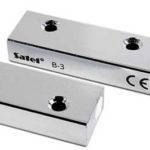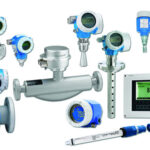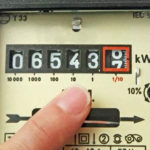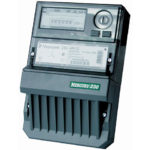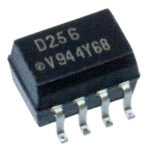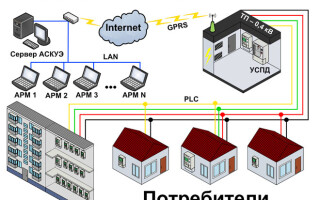The AMR system is a useful innovation, which is actively being implemented at the state level. It is designed to solve the problems of energy resource control and energy sales, allowing supplying companies to automatically meter electricity. The system is in demand in bilateral contracts between electricity suppliers and consumers on both the wholesale and retail electricity markets (WEM and REM).
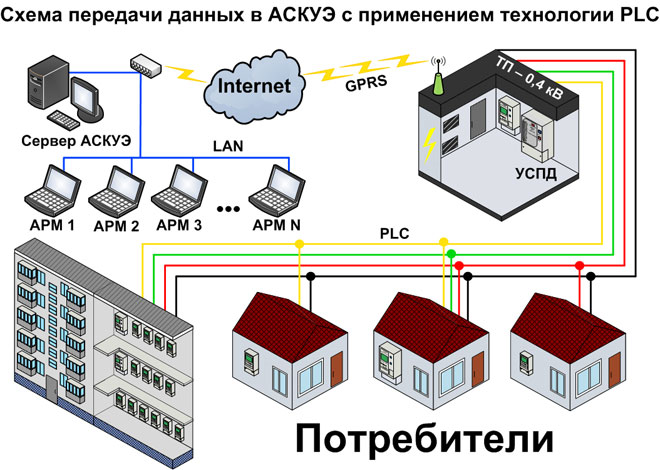
Content
What is it?
Before you install an automatic metering device it is necessary to know what is the ASKUE system (description of the abbreviation is given in paragraph 6.12 of Order of the Ministry of Energy of the Russian Federation of 19.06.2003 № 229 "On approval of rules for technical operation of electric power plants and networks of the Russian Federation"). ASKUE is an automated system of commercial electric power accounting.
AIMS CUE (automated information-measuring system of commercial electric power accounting) is a more detailed name. The system is a complex of control and measuring equipment, communications (data networks), computers and software.
The system works as follows: readings of electric meters are automatically taken from each point of consumption (for example, an apartment in an apartment house or a cottage in a country settlement) and are brought through communication lines to the server, where the data is processed.
Why do you need an automated meter?
Automated commercial accounting of electricity (capacity) enables the determination of metering values that can be used in financial calculations.
The purpose of the AMR is to collect and transmit information, store information in a specialized database (the database has an increased degree of protection against loss of information and against unauthorized access), process flow readings (to calculate the electricity consumed). A report is prepared based on the data obtained. It is used to calculate the cost of the consumed electricity and issue invoices to consumers.
The system allows you to track the balance, predict the results of future periods of consumption (generation), to make decisions about changing the mode of operation of electrical equipment (to perform remote control). If energy consumption is carried out without payment, the supplier can remotely shut down the load and impose power limits. The possibility of illegal consumption of electricity is reduced in the private sector by placing the meter on the balance line (on a pole).
For both consumers and suppliers, the advantage of the system is that ASCE meters eliminate errors that occur during manual readings.
In addition, the need for supervisory activities related to checking meters by technicians is minimized. The problem of controllers' access to meters is solved, because meters transmit information to the Center in automatic mode.
What does the AMR system consist of
The AMR system is a complicated "organism" requiring monitoring and maintenance. However, the simplest scheme of the AMR system consists of only 3 elements:
- information collection;
- communication;
- analysis and storage of data.
These elements correspond to the following levels:
- Level 1 is the ASCMS equipment or electricity metering devices (electronic or induction electric meter);
- level 2 - communication lines (mobile communication, telephone lines, Internet network);
- level 3 - computer data processing tools designed to collect and analyze the readings.
Sensors with RS-485 interface output and sensors connected through special analog-digital converters can be used as metering devices. It is also possible to use old induction devices, provided that the reading devices, which convert the number of disc revolutions into electrical impulses, are installed. Readers make it possible to transmit information even from an old-style metering device. However, special software is required to connect the sensors.
Today, induction meters are considered obsolete. The new type of meters (electronic) transmits information to the server through a special port. The main components of a modern electronic meter are: current transformer, LCD display, electronic circuit power supply, microcontroller, clock, telemetry output, supervisor, controls, optical port (optional).
There are limitations associated with the number of digital signal receivers. RS-485 interface is used to connect sensors with controllers. Input resistance of the receiver of information signal through the RS-485 interface line is 12 kOhm. Since the transmitter power is limited, this also creates a limit on the number of receivers connected to the line. The standard interface is capable of receiving electronic signals from no more than 32 sensors. This is a problem that is solved at the design stage.
Elements of the second level include the construction of communication lines (including fiber optic) and installation of equipment of communication facilities. The third level consists of a server or computer with installed software that enables data processing.
Installation of the AMR system
Installation of the AMR system is impossible without preliminary design works. Designing helps to determine the type of equipment and the number of metering devices.
After the calculation and design works the installation is made. This process involves not only the replacement of meters. In addition to meters, it is necessary to carry out installation of modems, servers, computers. Wires and cables are laid (sockets may be needed to connect additional equipment - user displays, designed to view readings from meters installed in hard-to-reach places). Only after that the equipment is connected and adjusted.
Qualified contractors include a set of services in the electrical installation work: construction work, supply, installation, start-up and adjustment of the equipment, commissioning of the IMS CAE, coordination of the project with all necessary infrastructure organizations.
Installation is carried out in accordance with the customer's requirements and taking into account the object data. It is important to set up the system in an optimal way: to set the correct parameters and to make a reliable connection. On this depends on the effectiveness of the work in the future.
Related articles:
